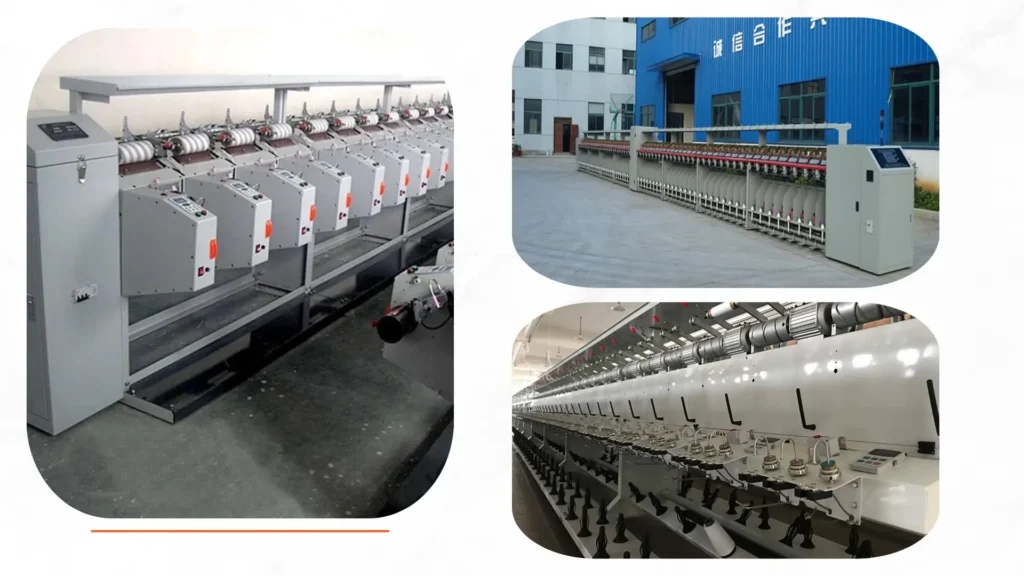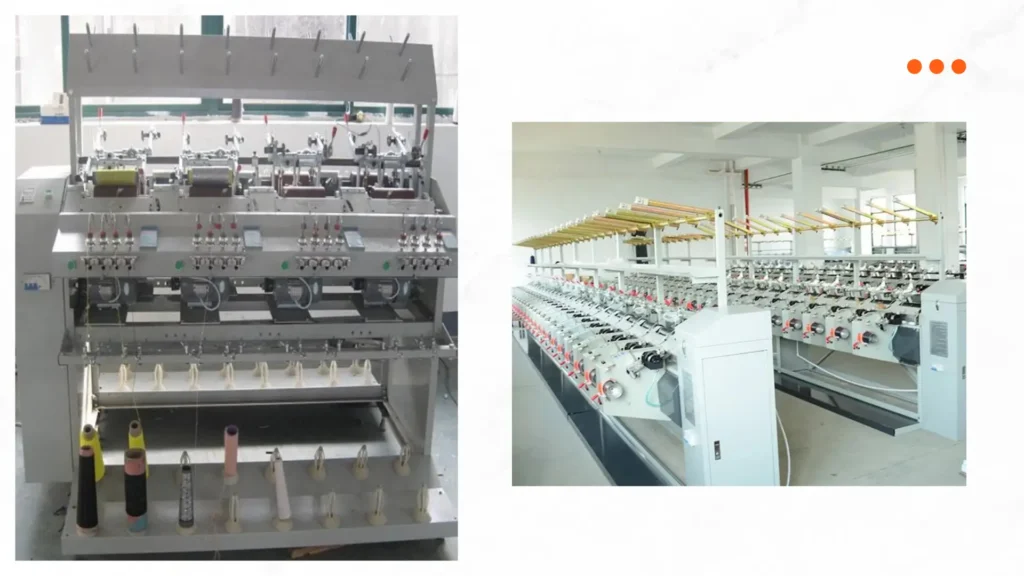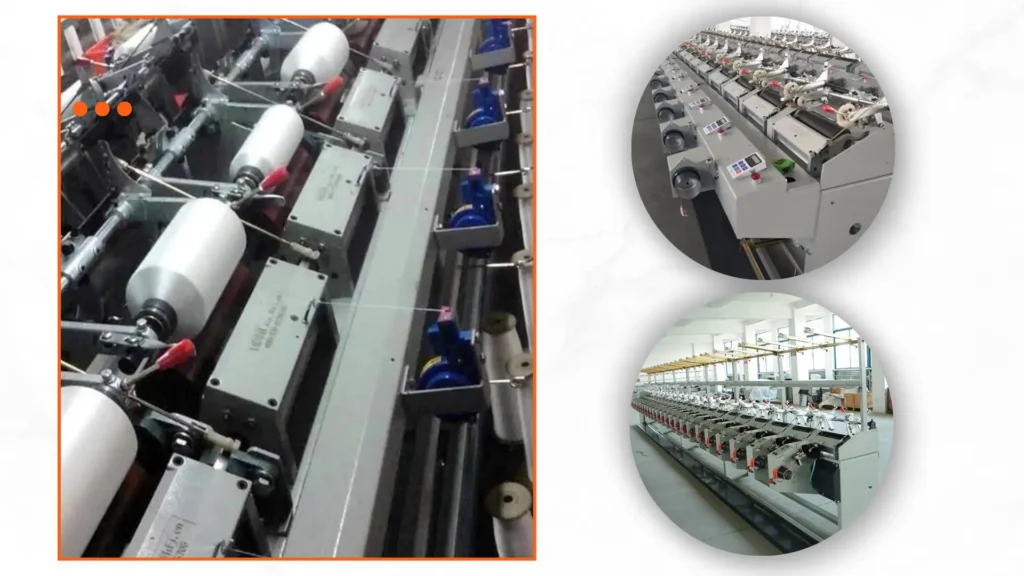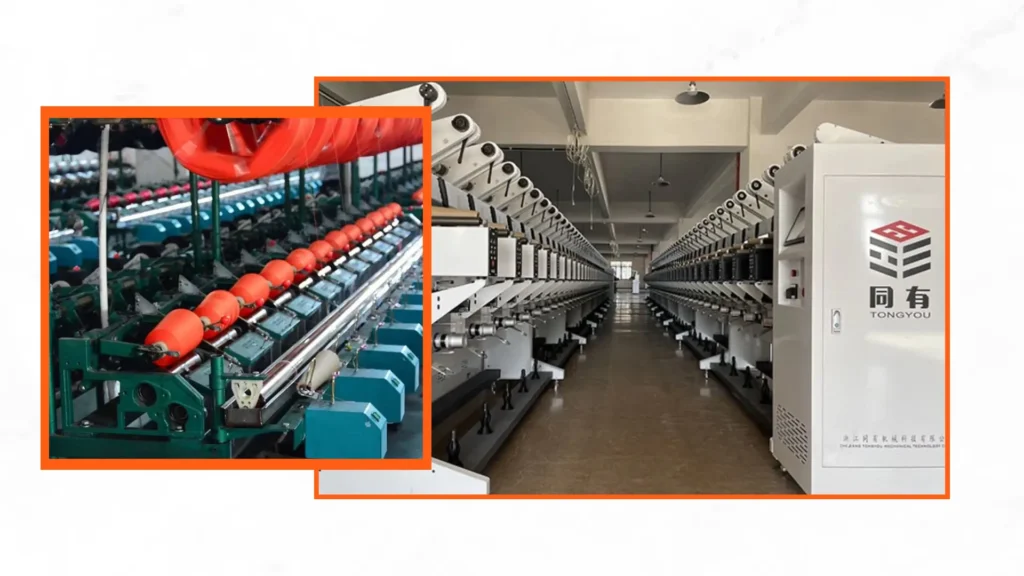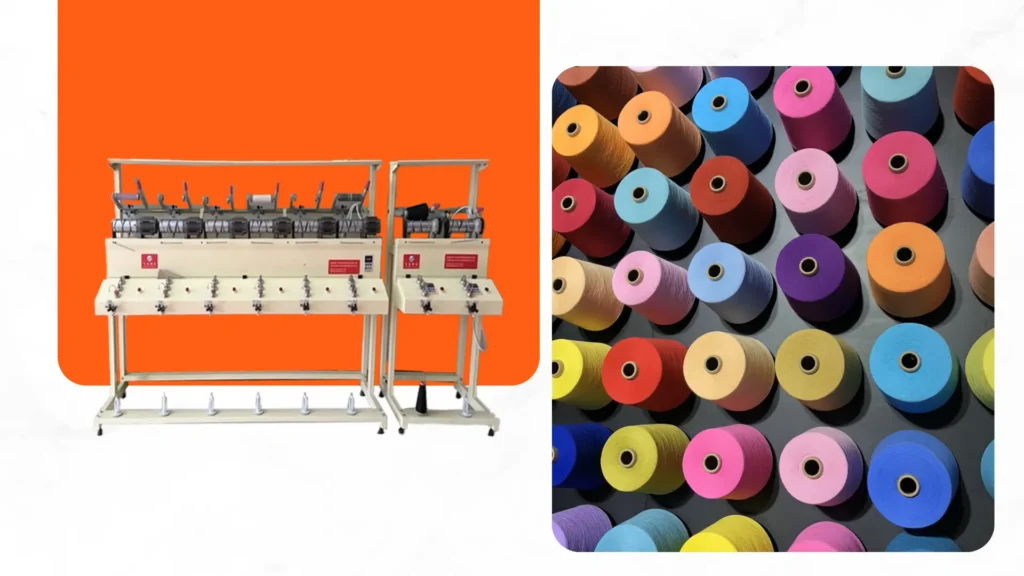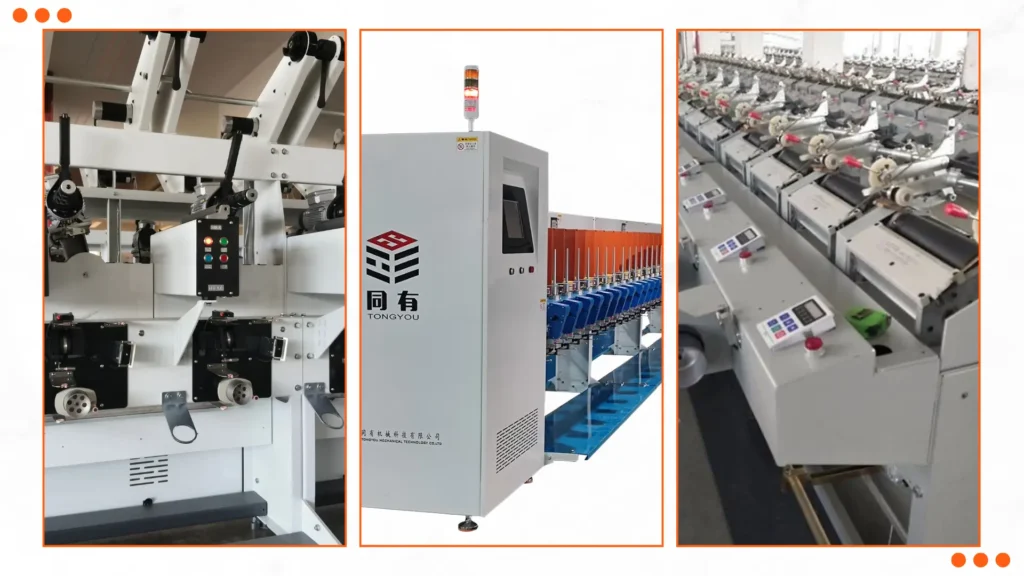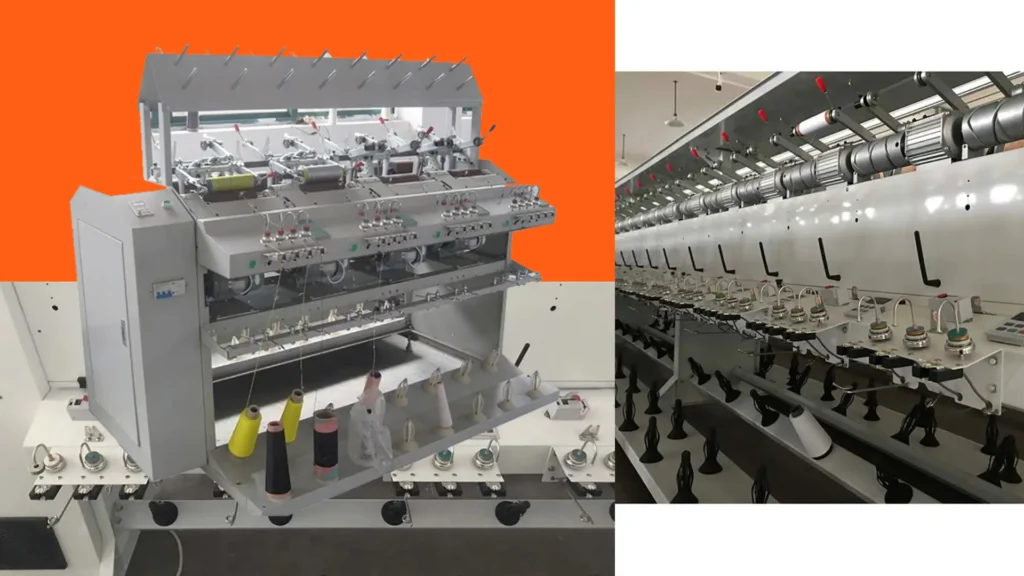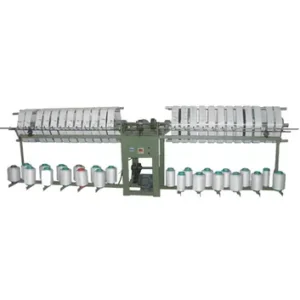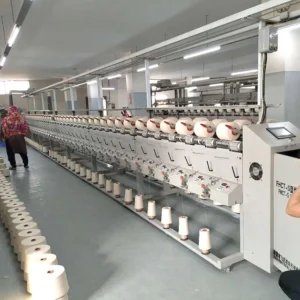The fashion industry is undergoing a green revolution, with eco-conscious consumers demanding sustainable alternatives to traditional dyeing methods.
Conventional textile dyeing consumes vast amounts of water, releases toxic chemicals, and contributes significantly to pollution.
Fortunately, innovative dyeing solutions are emerging that align with circular economy principles—reducing waste, conserving resources, and minimizing environmental harm.
This guide explores the most promising sustainable dyeing technologies that can help brands and manufacturers transition to cleaner, greener fashion production.
Why Should the Fashion Industry Rethink Traditional Dyeing?
1. Water Waste is Unsustainable
The extreme water footprint of conventional dyeing – consuming 200 tons of water per ton of fabric – creates critical stress on freshwater ecosystems.
Major textile manufacturing hubs like India and Bangladesh already face severe groundwater depletion, where dyehouses compete with local communities for dwindling water resources.
This unsustainable consumption pattern directly threatens the UN’s Sustainable Development Goal 6 (clean water access) while increasing production vulnerability to climate-induced droughts.
2. Toxic Chemical Runoff Pollutes Ecosystems
Industrial dye runoff introduces a chemical cocktail of heavy metals (chromium, cadmium), formaldehyde, and chlorinated solvents into waterways.
These toxins accumulate in aquatic organisms, causing mutations in fish populations and entering human food chains through irrigation.
Near Tirupur’s textile cluster in India, studies show 60% of local wells contain carcinogenic dye residues exceeding WHO limits, demonstrating the direct health impact on marginalized communities.
3. High Energy Consumption Increases Carbon Footprint
Maintaining dye vats at 60-100°C for hours requires enormous thermal energy, typically generated from coal-fired boilers.
Post-dyeing wastewater treatment demands additional electricity for aeration pumps and filtration systems.
This energy cascade makes wet processing responsible for 17-20% of global industrial water pollution and 3% of CO₂ emissions – equivalent to international aviation’s entire carbon footprint.
What Are the Most Promising Natural Dye Alternatives?
1. Plant-Based Dyes from Agricultural Waste
Innovators now transform food industry byproducts into premium dyes: pomegranate rinds yield golds, avocado pits create blush pinks, and coffee grounds produce rich browns.
These waste-to-color solutions reduce landfill burdens while eliminating synthetic chemicals. Leading brands like Stella McCartney now incorporate onion skin-dyed silks that require zero toxic mordants.
2. Algae and Bacterial Pigments
Microalgae cultivation tanks generate vibrant pigments without arable land – spirulina produces cyan blues, while diatoms create shimmering iridescence.
Engineered bacteria like Streptomyces coelicolor grow customizable pigments in bioreactors using food waste as feedstock, achieving water savings of 500x compared to conventional dyeing.
3. Fungal and Lichen Dyes
Mycelium-based dyes from species like Fomitopsis pinicola mushrooms develop complex, colorfast earth tones through controlled fermentation.
Icelandic designers harness native lichens for wool dyeing, creating UV-resistant blues and purples that biodegrade safely.
These biological pigments demonstrate superior lightfastness to synthetic alternatives in accelerated aging tests.
4. Recycled Dyes from Textile Waste
Hydrothermal extraction technology dissolves polyester garments into reusable dye stocks at 200°C, while enzymatic processes separate cotton dyes without fiber damage.
Companies like DyeRecycle achieve 98% dye recovery rates, enabling circular systems where fast-fashion waste becomes tomorrow’s colorant.
How Does Digital Dyeing Reduce Environmental Impact?
1. Inkjet Printing Minimizes Water Use
Advanced piezoelectric printheads achieve unprecedented precision by ejecting dye droplets as small as 3-8 picoliters directly onto individual fabric threads.
This surgical application method eliminates the need for water-intensive dye baths, reducing consumption from 150 liters per kg of fabric to a mere 0.5 liters.
The technology’s closed-loop system recycles residual ink and captures evaporative water, with filtration systems removing 99.8% of particulate matter for reuse.
Compared to conventional immersion dyeing – which wastes enough water annually to fill 2 million Olympic pools – digital printing represents a 99.7% reduction in water footprint.
2. On-Demand Dyeing Reduces Overproduction
Cloud-integrated digital dyeing platforms enable real-time production adjustments based on live sales data.
Companies like Kornit Digital’s Atlas MAX systems allow batch processing of single garments within 90 seconds, eliminating minimum order quantities.
This hyper-responsive manufacturing model prevents overproduction of unpopular colors/styles, reducing industry textile waste by 37% (approximately 11 million tons annually).
3. Lower Chemical Consumption
Digital application bypasses three chemical-intensive stages of traditional dyeing:
Eliminates pre-treatment bleach baths (normally requiring chlorine compounds)
Removes dye-bath salt additives (typically 50-100g/L for fixation)
Avoids post-rinse surfactants (used to remove unfixed dyes)
This reduces chemical loads by 75% and produces effluent with 95% lower toxicity levels. The remaining wastewater contains only biodegradable glycerin-based carriers, enabling direct reuse for non-potable applications like factory floor cleaning or landscape irrigation after simple pH adjustment.
Can Air-Dyeing and CO₂ Dyeing Replace Water-Based Methods?
1. Air-Dye Technology Uses No Water
This gas-phase sublimation process transfers dyes from recyclable paper carriers to synthetic fabrics using precisely controlled heated air (190-210°C).
The technology achieves 100% water elimination while enabling complex photographic prints with 0.1mm precision – impossible with wet methods.
Adidas implementations demonstrate 98.7% dye utilization rates through vacuum recovery systems, with paper carriers recycled up to 12 times.
Production facilities report 83% reduction in utility costs compared to conventional dye houses, with zero liquid discharge permits required.
2. Supercritical CO₂ Dyeing is a Closed-Loop System
In pressurized chambers (250 bar, 31°C), CO₂ enters a supercritical state exhibiting gas-like diffusion and liquid-like solvent properties.
This phase penetrates fabric micro-pores 30x faster than water, dissolving disperse dyes into polymer matrices. DyeCoo’s commercial systems achieve 95% CO₂ recovery through fractional distillation and 99% dye recycling via centrifugal separation.
Each 1,300-liter vessel processes 180kg of polyester per 135-minute cycle while generating zero wastewater – a critical advantage in water-stressed regions like India’s textile belt.
3. Faster Processing with Less Energy
CO₂ dyeing completes polyester coloration in 90-120 minutes versus traditional 8-hour wet processes. The technology eliminates three energy-intensive stages:
Water heating (saves 5.3kWh/kg)
Hydro-extraction (saves 0.8kWh/kg)
Thermal drying (saves 4.1kWh/kg)
Rapid depressurization triggers instant moisture evaporation through Joule-Thomson cooling, cutting total energy use by 65%. Nike’s implementation in Taiwan reduced dyeing-related emissions by 12,000 tons CO₂-equivalent annually while increasing daily production cycles from 2 to 11.
What Role Do Bioengineered Dyes Play in Sustainability?
1. Lab-Grown Microbial Pigments
Genetic modification of Pseudomonas bacteria enables biosynthesis of indigo precursors through tryptophan fermentation.
Vienna Textile Lab’s process eliminates toxic reducing agents like sodium dithionite (normally 3g per jeans), instead using glucose-activated enzymes for oxidative coupling.
This replicates denim’s authentic fading properties while preventing 84,000 tons of annual chemical waste.
Pilot facilities produce 1kg bio-indigo per 200L bioreactor cycle – 40% less resource-intensive than plant-derived indigo farming.
2. Enzyme-Assisted Dyeing
Novozymes’ Colorzyme® technology employs engineered hydrolases that create covalent bonds between cellulose fibers and dye molecules.
This replaces metal mordants (traditionally aluminum/copper salts) while improving wash-fastness from 20 to 50+ cycles.
The enzymes reduce dye requirements by 40% through enhanced molecular affinity and operate effectively at 50°C (versus 80-100°C for conventional dyeing).
Implementation at H&M’s supplier facilities cut chemical consumption by 800 tons annually across 120 million garments.
3. DNA-Based Color Matching
Synthetic biology platforms insert chromoprotein genes into Saccharomyces cerevisiae yeast vectors. These biofactories produce pigments matching 98.3% of
Pantone colors through codon-optimized expression. Hue stability extends to 18 months under refrigeration (4°C), with reactivation possible through nutrient reintroduction.
California-based startup Pili produces industrial-scale batches using agricultural waste feedstocks, enabling mass customization without petrochemical intermediates.
Each kg of DNA-coded pigment replaces 3kg of conventional synthetic dyes.
How Can Brands Implement Low-Impact Dyeing at Scale?
1. Partner with Certified Eco-Dye Suppliers
Bluesign® certification requires suppliers to achieve 90% water recycling and eliminate 650 restricted substances.
GOTS-certified facilities must use >70% non-GMO natural dyes and demonstrate closed-loop wastewater management.
Major manufacturers like Artistic Milliners process 500,000+ garments monthly through certified systems, with blockchain-tracked compliance data accessible via QR codes on finished products.
Brands pay 8-12% premiums for certified dyeing but recover costs through waste reduction and marketing benefits.
2. Invest in Water Recycling Systems
Advanced water treatment trains combine:
Ultrafiltration (0.01μm ceramic membranes removing particulates)
Activated carbon adsorption (eliminating dissolved organics)
Electrochemical oxidation (destroying dye molecules)
Systems like ColorZen achieve 98% water reuse with 85% dye recovery. Implementation costs range from $500,000 to $2M per facility but reduce freshwater intake to 10L/kg fabric (vs. industry average 150L/kg). PVH Corp’s pilot in Bangladesh cut water costs by $280,000 annually while eliminating 45 million liters of contaminated discharge.
3. Educate Consumers on Sustainable Choices
Blockchain-enabled platforms like TextileGenesis® create immutable records of dye chemistry, water consumption, and carbon footprint. Brands like Mara Hoffman attach digital IDs to garments displaying:
Dye origin (e.g., “Microbial indigo from Austrian bioreactor”)
Water savings (e.g., “97% less water than conventional dyeing”)
Toxicity ratings (GreenScreen® certified safer chemicals)
Surveys show 68% of consumers pay 15-20% premiums for such transparency, with traceable sustainable collections growing 7x faster than conventional lines.
What Are the Challenges of Adopting Sustainable Dyeing?
1. Higher Initial Costs
Waterless dyeing machinery requires $2-5M per production line – prohibitive for SMEs without access to green financing. However, operational savings offset capital costs within 18-36 months:
70% lower energy costs ($380,000 annual savings per line)
90% reduced water fees ($210,000 savings)
Eliminated wastewater treatment ($175,000 savings)
Government incentives like India’s TUFS scheme now cover 15-25% of retrofit costs, while leasing models from companies like Jeanologia offer pay-per-use alternatives.
2. Limited Color Fastness in Some Natural Dyes
Early plant dyes faded after 5-10 washes (ISO 105-C06 standard). New solutions include:
Silica nano-encapsulation (trapping dye molecules in 20nm shells)
Biomimetic polymer coatings (mimicking mussel-adhesion proteins)
UV-curable bio-resins
Alchemist Technology’s treatments extend madder root dye longevity to 50+ washes, matching synthetic dye performance. Color measurement shows ΔE <2 after accelerated laundering – below perceptible difference thresholds.
3. Scaling Up Innovative Methods
Current CO₂ dyeing handles 100-180kg batches versus conventional 5,000kg vats. Scaling barriers include:
High-pressure vessel fabrication limitations
CO₂ supply chain infrastructure gaps
Technical workforce shortages
Industry consortia like Fashion for Good are addressing these through:
€25M funding for DyeCoo’s 2-ton batch systems (2026 launch)
Training programs certifying 350 technicians annually
Regional CO₂ hubs near major textile clusters
Projections indicate 18% market penetration for waterless dyeing by 2028, rising to 40% with regulatory support.
Conclusion
The transformation of textile dyeing represents fashion’s most critical sustainability frontier.
Waterless digital and CO₂ technologies can eliminate 20% of global industrial water pollution, while bioengineered dyes remove 160,000 tons of annual toxic sludge.
Leading brands report 18-22% margin improvements through resource-efficient dyeing despite higher initial investments.
As regulatory pressures mount – including EU bans on hazardous dye chemicals effective 2025 – sustainable coloration shifts from ethical advantage to operational necessity.
This technological revolution promises not just cleaner production, but a fundamental redefinition of how color interacts with ecology in the Anthropocene era.
And More:

